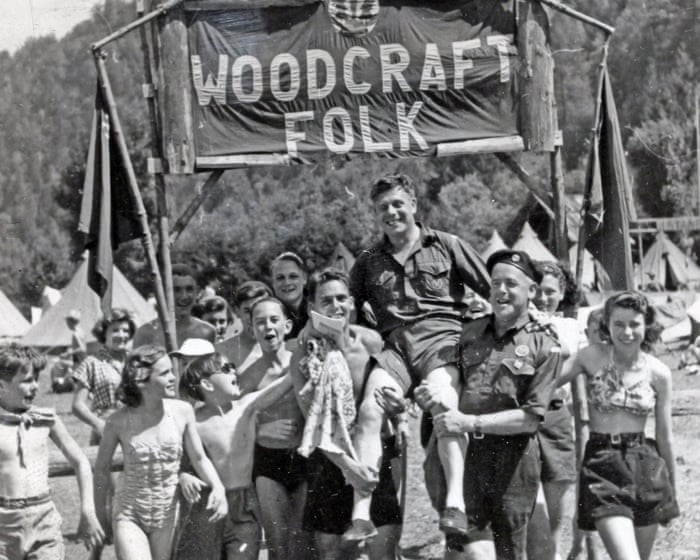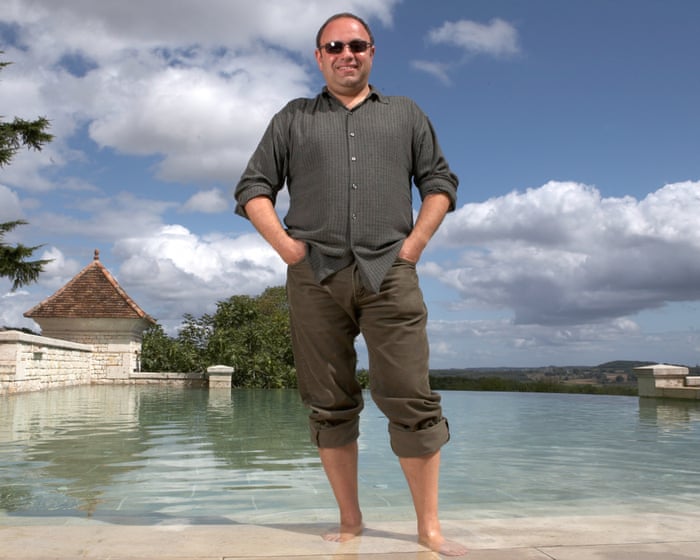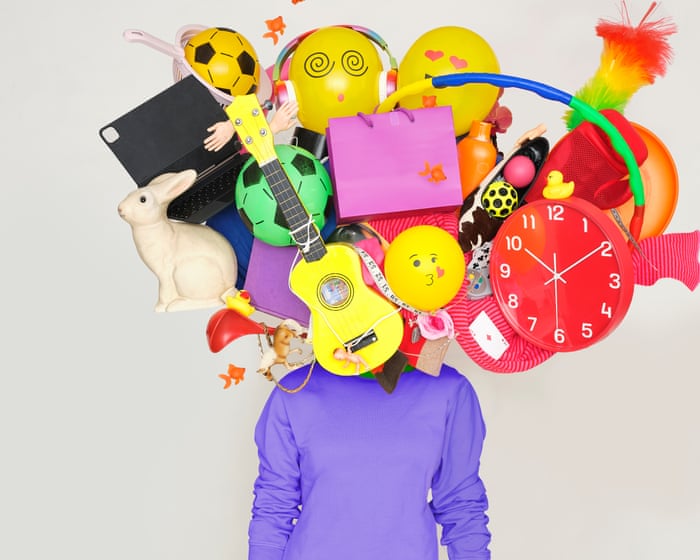At six years old, I made the most important decision of my life: I joined Woodcraft Folk. It’s hard to overstate how much growing up in the UK’s oldest co-educational youth movement shaped me. My values, my skills, lifelong friendships, even the fact that I’m writing this now—every vote I’ve ever cast—all stem from my time with Woodcraft Folk.
This year, the charity—Britain’s largest left-wing youth organization—turns 100. Its alumni include figures like former Labour leader Jeremy Corbyn, singer Sophie Ellis-Bextor, poet Michael Rosen, and journalist Robert Peston. With new government funding for youth services outside schools, Woodcraft Folk’s centenary is the perfect time to learn from its remarkable history and unique approach to empowering young people.
Today’s youth face challenges their grandparents never did. They’re denied the freedom to play outside or take healthy risks, viewed with suspicion by authority figures, and mocked in the media. They’re exposed to addictive, under-regulated technology from childhood, then blamed for using it. There are no easy solutions, but Woodcraft Folk’s blend of inclusive community, political education, outdoor adventure, and genuine support might offer a model for change.
Founded in south London after World War I by working-class young people seeking a democratic, non-military alternative to Scouts, Woodcraft Folk grew fast. Backed by co-ops and unions, groups sprang up nationwide, mixing after-school activities with large socialist-run summer camps. The goal? To build a fairer society by equipping young people with the skills to be active citizens.
By the 1930s, Woodcraft Folk was a force to reckon with. The Labour Party endorsed it as the ideal group for members’ children, and its camping techniques were showcased at Wembley Stadium. Fascist leader Oswald Mosley saw it as a threat—his Blackshirts even marched on a Woodcraft Folk camp in 1938 to intimidate the children.
Mosley was right to see them as enemies. A year later, Woodcraft Folk became the largest secular group supporting the Kindertransport, helping Jewish children flee Nazi-occupied Czechoslovakia. Leader Henry Fair, dubbed “the second Schindler,” was placed on the Gestapo’s death list for his role.
Over the decades, the charity has stayed true to its principles—fighting apartheid, austerity, and war, defending LGBTQ+ youth workers despite losing funding, opposing the Iraq invasion, and boycotting Israeli goods since 2010 over Gaza’s blockade.
For me, Woodcraft Folk wasn’t just about politics. It was hiking, crafting, and adventure—learning to light a fire in the rain, navigate fog with a compass, juggle, and edit films. My first flight was with them, to an international camp in Austria where I pitched tents alongside kids from around the world. With Woodcraft Folk, I marched in my first anti-war protest and, yes, had my first kiss.
Many adults shy away from discussing war, sex, or politics with children, but tackling tough topics creatively is why Woodcraft Folk still matters—especially in the internet age.There’s no healthy way to shield young people from complex topics—nor should there be. Ignorance is a poor substitute for open, thoughtful discussion, and children are far more capable of handling difficult truths than many adults realize.
Growing up exposed to challenging subjects, the children involved with the Woodcraft Folk charity aren’t just better prepared for the world—they also learn to support and educate each other. When I was young, for instance, I once repeated a racist joke I’d heard at school. It wasn’t the adults who corrected me, but my Woodcraft Folk peers, who quickly explained why the joke was offensive and made sure I never made that mistake again.
At a recent Woodcraft Folk camp celebrating their 100th anniversary, volunteers blended politics with fun activities. Alongside nighttime orienteering and ceilidh dances, there were workshops on resisting evictions and discussions about prison abolition. While the Scouts sing traditional campfire songs, the Woodcraft Folk songbook includes civil rights anthems about Rosa Parks and Hiroshima.
But while Woodcraft Folk has a clear vision for empowering young people, the current government’s policies are contradictory. Last week, the prime minister claimed today’s youth are “detached from the real world” and pledged £88 million to get them “out from behind screens.” Yet at the same time, Keir Starmer’s government is investing more than twice that amount to bring AI learning into classrooms.
Sixteen-year-olds will finally get the right to vote—something Woodcraft Folk has long advocated for—but the Online Safety Act imposes heavy restrictions on the same young people’s access to political content online. A closer look at the new youth funding reveals much of it is going toward outdated initiatives like gym equipment and police cadet programs, which do little to truly broaden young minds.
As a shy, nerdy child who was often bullied, I could easily have withdrawn into isolation, becoming the kind of screen-addicted teen Starmer worries about. Instead, Woodcraft Folk gave me a space to grow, surrounded by supportive adults and peers. I formed deep friendships, explored big ideas, and took on challenges that shaped my life and career. Thousands of others have had similar experiences.
If the government truly wants to empower young people, it should start by listening to and learning from a movement that’s been doing it successfully for a century.
Phineas Harper is a writer and curator.
FAQS
### **FAQs About the Woodcraft Folk**
#### **General Questions**
**1. What is the Woodcraft Folk?**
The Woodcraft Folk is a UK-based youth organization that promotes cooperation, outdoor activities, and social values among children and young people.
**2. Who can join the Woodcraft Folk?**
Children and teenagers aged 6–21 can join, with groups divided by age.
**3. Is the Woodcraft Folk like Scouts?**
Similar in some ways, but it has a stronger focus on social justice, environmentalism, and cooperative values.
—
#### **Activities & Benefits**
**4. What kind of activities do they do?**
Camping, hiking, crafts, music, discussions on global issues, and teamwork exercises.
**5. How does the Woodcraft Folk help young people?**
It builds confidence, social skills, environmental awareness, and a sense of community through inclusive, non-competitive activities.
**6. Do they focus on politics?**
Not party politics, but they encourage discussions on fairness, sustainability, and global citizenship.
—
#### **Membership & Participation**
**7. How do I find a local Woodcraft Folk group?**
Check their for local groups or contact them directly.
**8. Is there a cost to join?**
Some groups have small fees, but many offer subsidies to keep it affordable.
**9. Can parents get involved?**
Yes! Many groups welcome parent volunteers to help organize activities.
—
#### **History & Influence**
**10. Who are some famous former members?**
Jeremy Corbyn and Sophie Ellis-Bextor were part of the Woodcraft Folk as children.
**11. How long has the Woodcraft Folk been around?**
Since 1925, making it nearly 100 years old.
—
#### **Practical Concerns**
**12. Do kids need special equipment?**
Basic outdoor gear is helpful, but groups often provide supplies.
**13. What if my child is shy?**
The group’s friendly, inclusive environment helps shy children gradually




